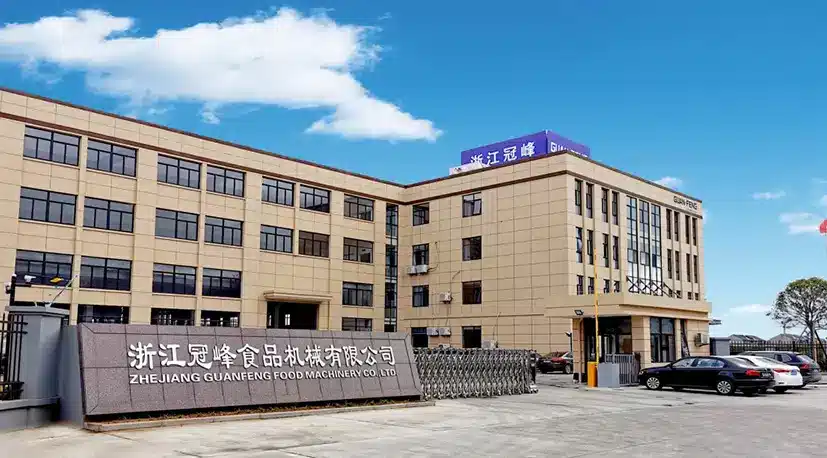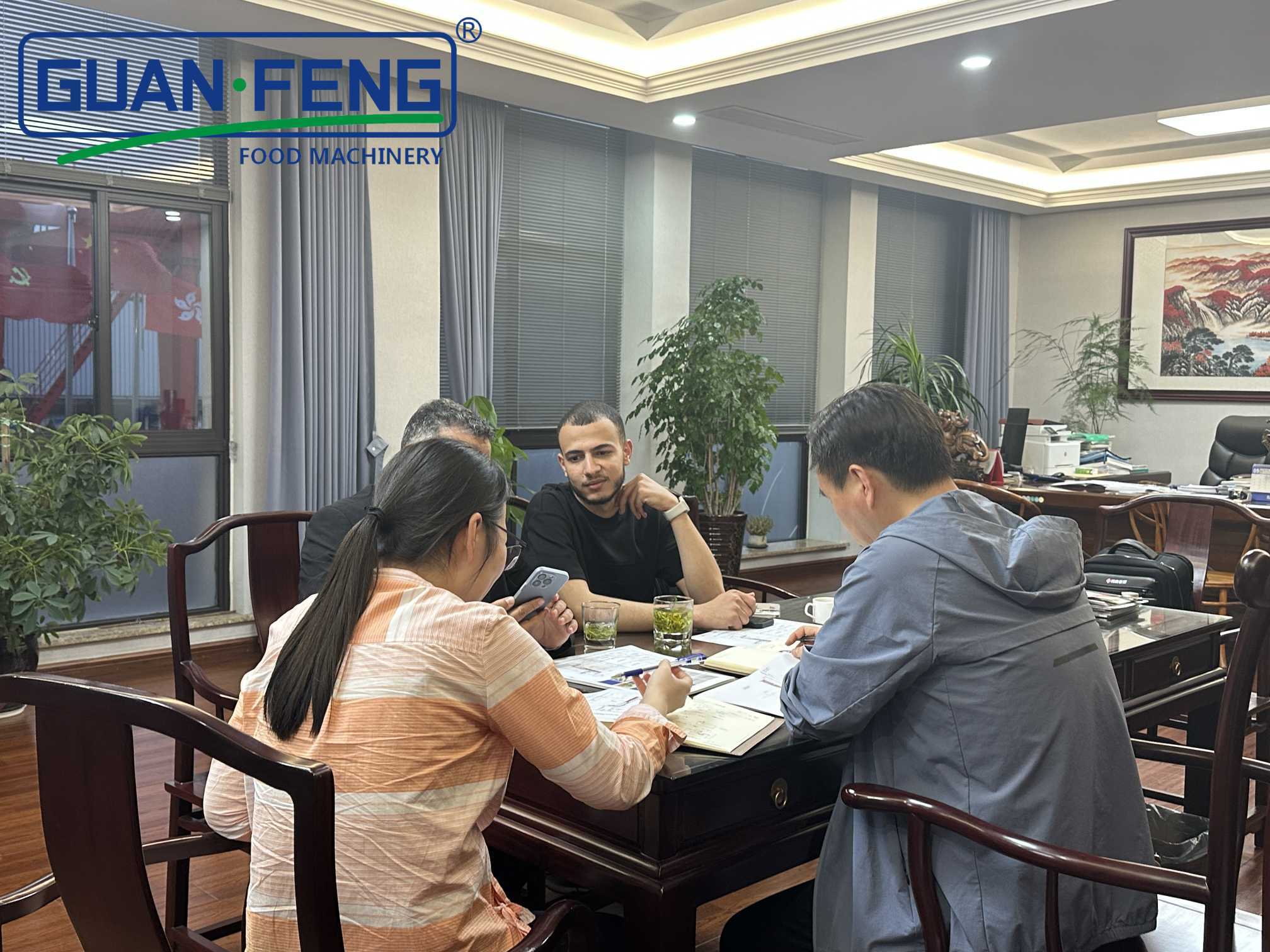BLOG
Focus on hot topics, real-time dynamics
Exploring the Science Behind Vacuum Freeze Drying Technology: A Comprehensive Guide
Exploring the Science Behind Vacuum Freeze Drying Technology
Vacuum freeze drying, also known as lyophilization, is a sophisticated process that has revolutionized the preservation of various products, from food items to pharmaceutical compounds. This technology employs a unique combination of freezing and sublimation to maintain the integrity and quality of materials. In this article, we will explore the science behind vacuum freeze drying technology, its mechanisms, applications, advantages, and future prospects.
Table of Contents
1. What is Vacuum Freeze Drying?
2. The Science Behind the Process
2.1. The Role of Temperature
2.2. The Importance of Pressure
3. Key Components of Vacuum Freeze Drying Equipment
3.1. Freezing Chambers
3.2. Vacuum Systems
3.3. Condenser Units
4. Applications of Vacuum Freeze Drying Technology
4.1. Food Preservation
4.2. Pharmaceutical Products
4.3. Biotechnology
5. Advantages of Vacuum Freeze Drying
6. Challenges in Vacuum Freeze Drying Technology
7. Future Trends in Vacuum Freeze Drying
8. Frequently Asked Questions (FAQs)
9. Conclusion
1. What is Vacuum Freeze Drying?
Vacuum freeze drying is a dehydration process that removes moisture from products in a manner that preserves their structure, flavor, and nutritional value. This method is commonly used for preserving perishable items, allowing for long-term storage without the need for refrigeration. By employing low temperatures and reduced pressure, vacuum freeze drying enables the sublimation of ice directly into vapor, bypassing the liquid phase. This process is essential in maintaining the quality of the final product, making it a preferred choice in various industries.
2. The Science Behind the Process
Understanding the scientific principles underlying vacuum freeze drying is crucial for grasping why this technology is so effective.
2.1. The Role of Temperature
The process begins with the freezing phase, where the product is rapidly frozen to temperatures typically between -40°C to -80°C. This rapid freezing is vital as it forms small ice crystals, preventing cellular damage that large ice crystals would cause. The goal is to preserve the product's original texture and structure.
2.2. The Importance of Pressure
Once the product is frozen, the pressure is significantly reduced in the vacuum chamber. This low-pressure environment allows the ice within the product to sublimate directly into vapor without passing through the liquid state. Maintaining the right pressure is crucial, as it influences the efficiency of the drying process and the quality of the end product.
3. Key Components of Vacuum Freeze Drying Equipment
Understanding the equipment involved in vacuum freeze drying can provide deeper insights into the process.
3.1. Freezing Chambers
Freezing chambers are designed to rapidly and uniformly freeze the product. They are equipped with advanced temperature control systems that ensure even freezing, which is essential for the preservation of product quality.
3.2. Vacuum Systems
Vacuum systems create the low-pressure environment necessary for sublimation. These systems must be robust and efficient, as they directly impact the drying rate and energy consumption of the process.
3.3. Condenser Units
Condenser units play a pivotal role in the vacuum freeze drying process by collecting the vaporized moisture. They ensure that the water vapor is removed from the system, allowing for continuous sublimation and maintaining the low-pressure conditions required for effective drying.
4. Applications of Vacuum Freeze Drying Technology
Vacuum freeze drying technology finds applications across numerous industries, each benefiting from its unique properties.
4.1. Food Preservation
In the food industry, vacuum freeze drying preserves fruits, vegetables, and prepared meals, extending shelf life while retaining original flavors and nutrients. This method eliminates the need for artificial preservatives and refrigeration, making it ideal for camping, emergency rations, and astronauts' meals.
4.2. Pharmaceutical Products
Pharmaceuticals often require precise formulations that can be adversely affected by moisture. Vacuum freeze drying effectively preserves vaccines, antibiotics, and other sensitive compounds, ensuring stability and efficacy throughout their shelf life.
4.3. Biotechnology
In biotechnology, vacuum freeze drying is instrumental in preserving biological materials, such as proteins and enzymes. This process maintains the activity and structure of these sensitive substances, enabling their safe storage and transportation.
5. Advantages of Vacuum Freeze Drying
Vacuum freeze drying offers several advantages over traditional drying methods:
- **Quality Preservation:** The gentle process preserves the taste, aroma, color, and nutritional content of products.
- **Extended Shelf Life:** Products can be stored for years without the need for refrigeration, making them ideal for various applications.
- **Retained Structure:** The process maintains the original shape and texture of the product, enhancing consumer appeal.
6. Challenges in Vacuum Freeze Drying Technology
While vacuum freeze drying presents numerous benefits, it also faces challenges:
- **High Initial Cost:** The equipment required for vacuum freeze drying can be expensive, posing a barrier for small manufacturers.
- **Long Processing Time:** The process can be time-consuming, especially for products with high moisture content, leading to longer production cycles.
- **Complexity of Operation:** Operating vacuum freeze drying equipment requires skilled personnel, which can be a limiting factor for some businesses.
7. Future Trends in Vacuum Freeze Drying
The future of vacuum freeze drying technology looks promising, with several trends shaping its evolution:
- **Automation and Integration:** Advances in automation technology will lead to more efficient processes, reducing labor costs and improving consistency.
- **Sustainability Efforts:** As industries shift towards sustainable practices, vacuum freeze drying will adapt to minimize energy consumption and waste.
- **Innovative Applications:** New applications in fields such as nutraceuticals and personalized medicine are emerging, expanding the market for vacuum freeze drying technology.
8. Frequently Asked Questions (FAQs)
What is the difference between freeze drying and traditional drying?
Freeze drying preserves more nutrients and flavor compared to traditional drying methods, which often involve high heat and can alter the product's quality.
How long does the vacuum freeze drying process take?
The duration depends on the moisture content of the product and the specific equipment used, but it typically ranges from several hours to a couple of days.
Is vacuum freeze drying safe for food products?
Yes, vacuum freeze drying is a safe method of preservation, as it does not involve harmful chemicals and retains the product's integrity.
Can vacuum freeze dried products be rehydrated?
Absolutely. Vacuum freeze dried products can be easily rehydrated by adding water, allowing them to return to a state similar to their original form.
What industries commonly use vacuum freeze drying technology?
Common industries include food processing, pharmaceuticals, biotechnology, and cosmetics, among others.
9. Conclusion
Vacuum freeze drying technology represents a remarkable intersection of science and practicality, providing a reliable method for preserving a wide range of products. Its ability to retain quality, extend shelf life, and adapt to various applications makes it a valuable asset in many industries. As advancements continue to emerge, vacuum freeze drying will undoubtedly play an increasingly vital role in ensuring the quality and integrity of products for years to come.
Hot Tags:
PREVIOUS:
Contact Us
E-mail:
sales@syguanfeng.com
Tel:
+86 15088506234
Address:
South Industrial Park of Dongguan, Shangyu District, Shaoxing City,Zhejiang Province,China.
GUANFENG, your customization experts!
GUANFENG FOOD MACHINERY - leading supplier of integrated food processing solutions
Copyright© 2024 ZHEJIANG GUANFENG FOOD MACHINERY CO.,LTD.










